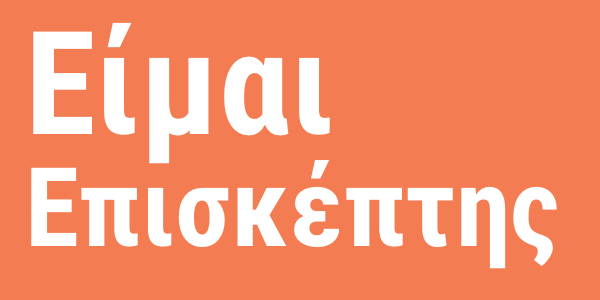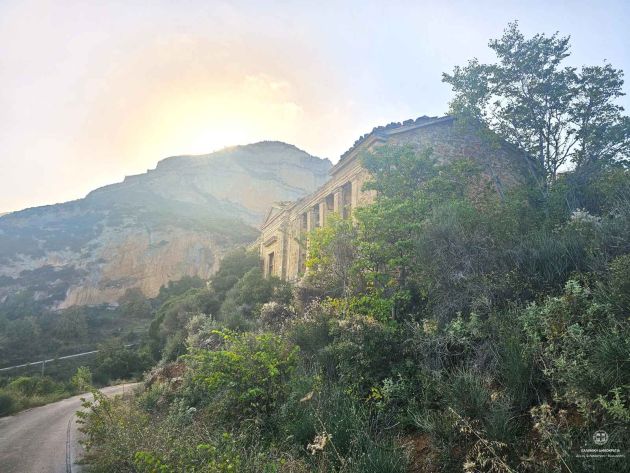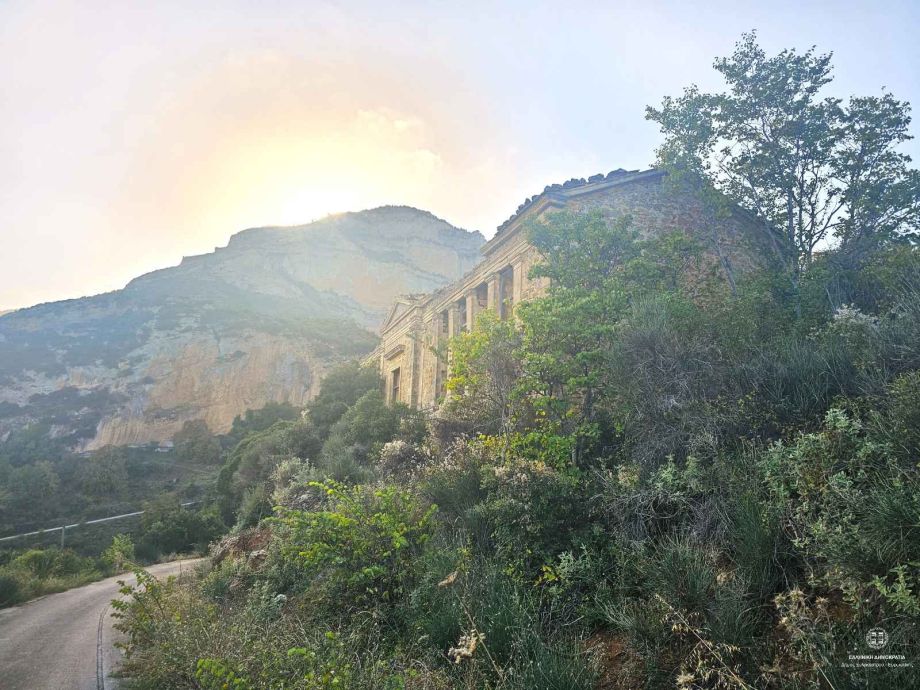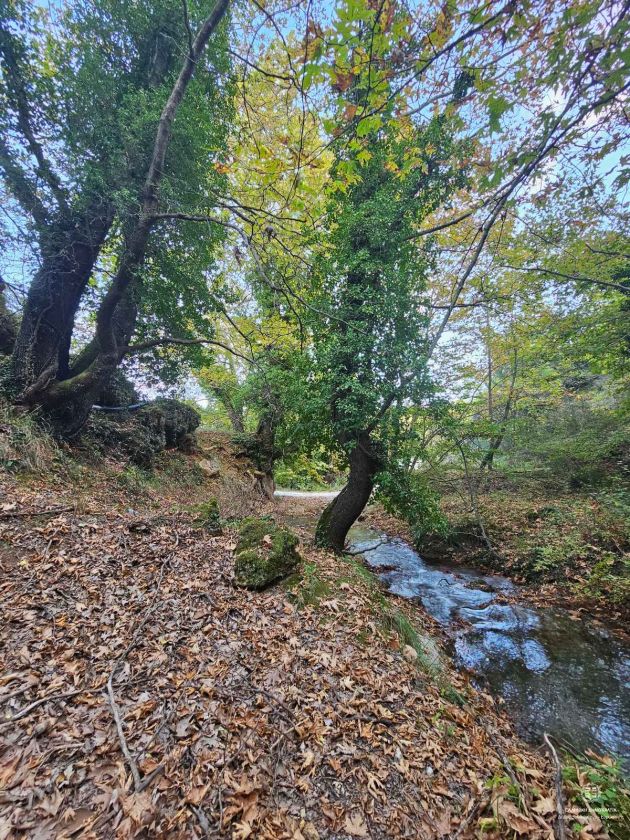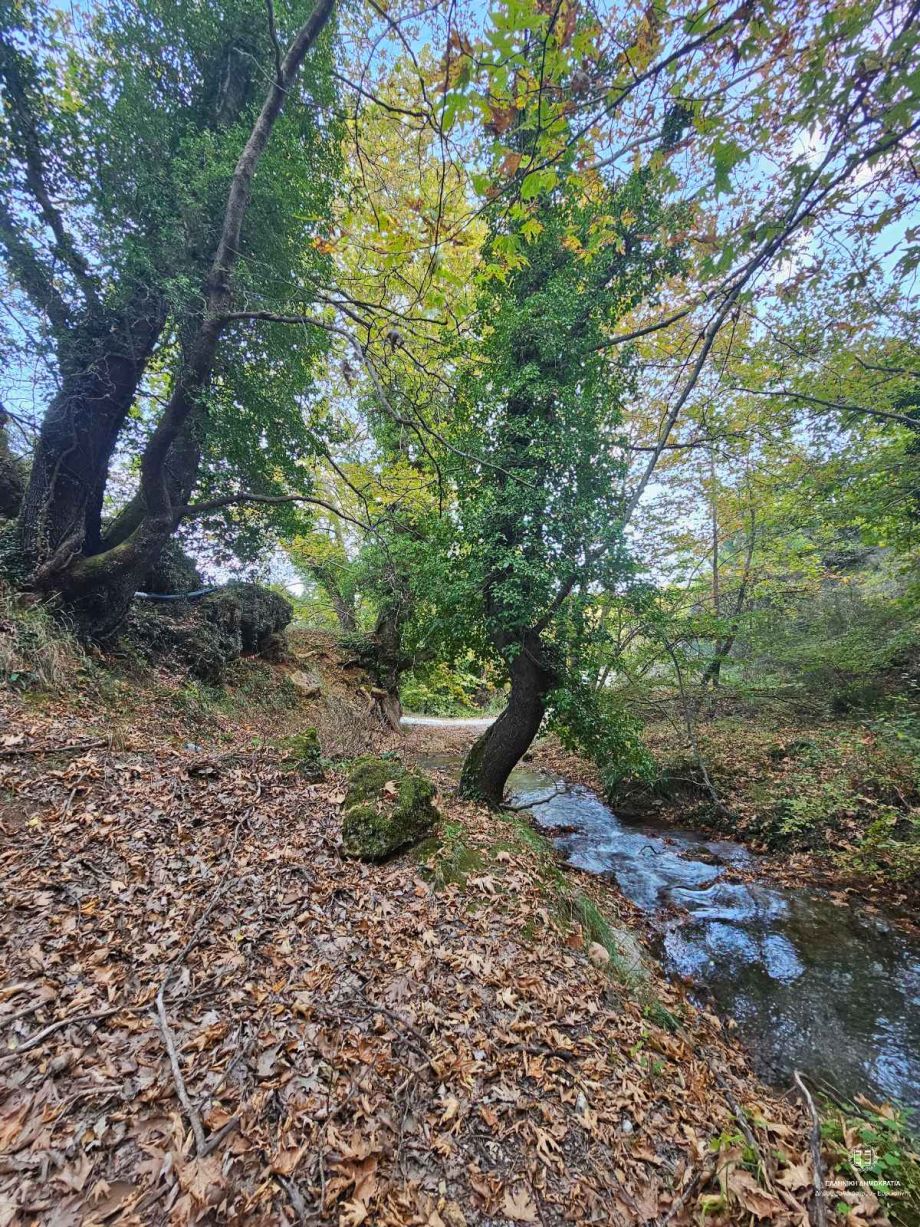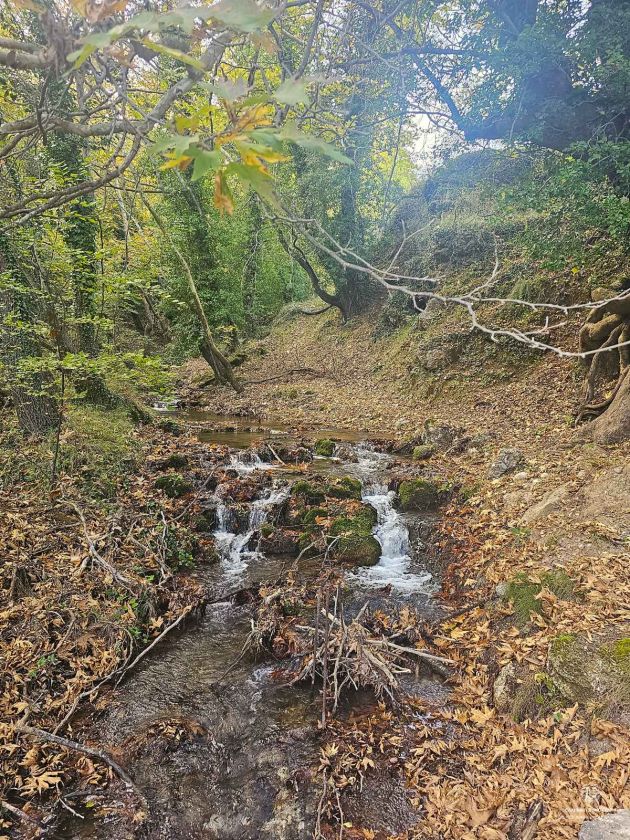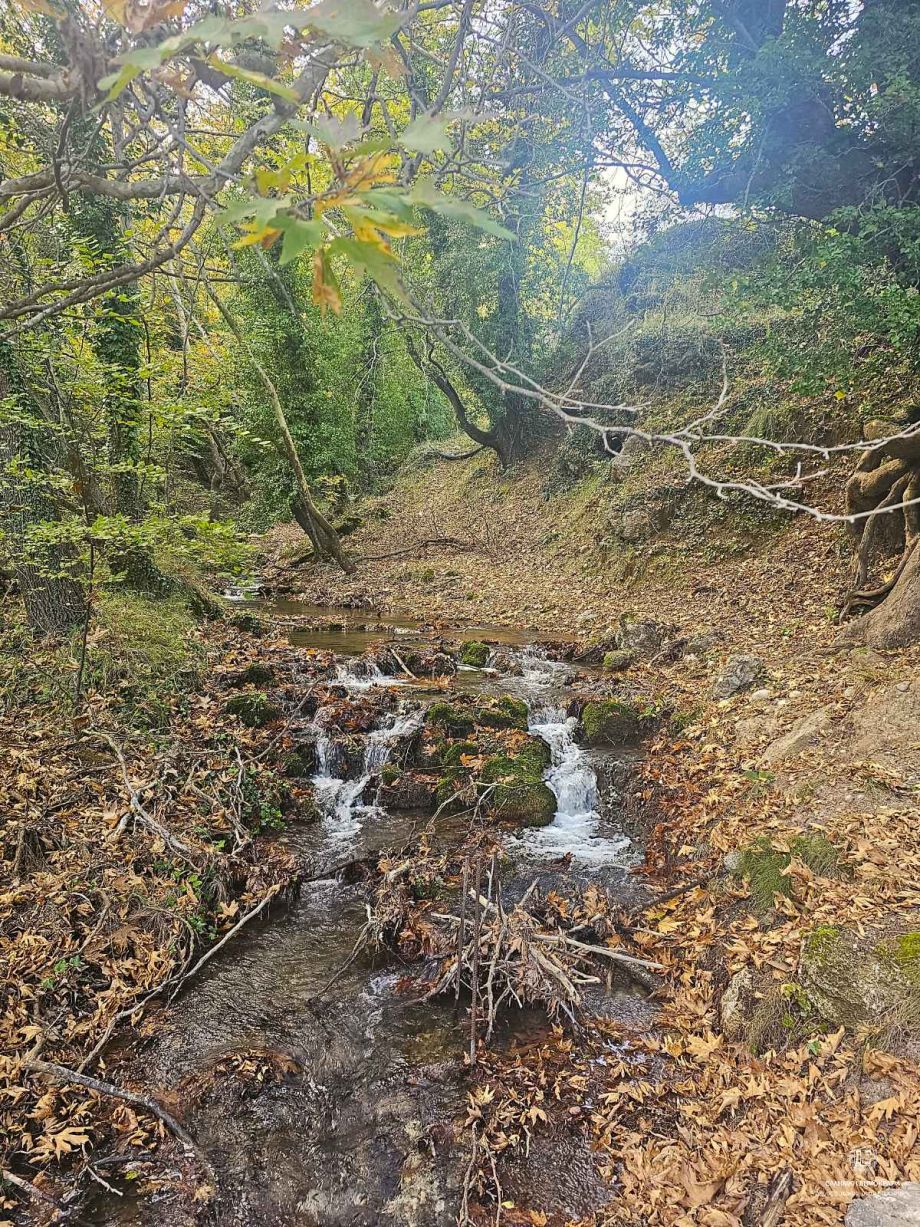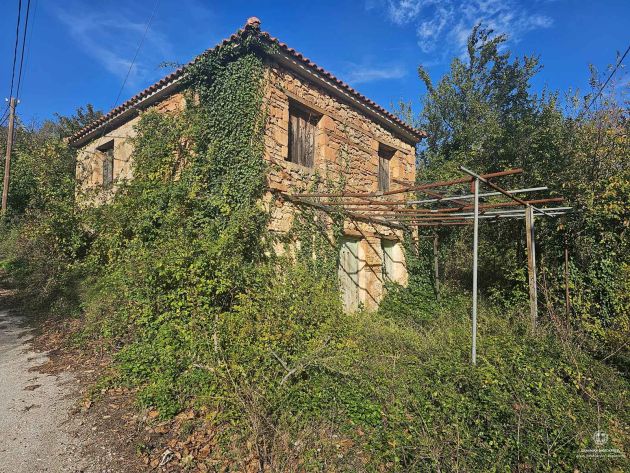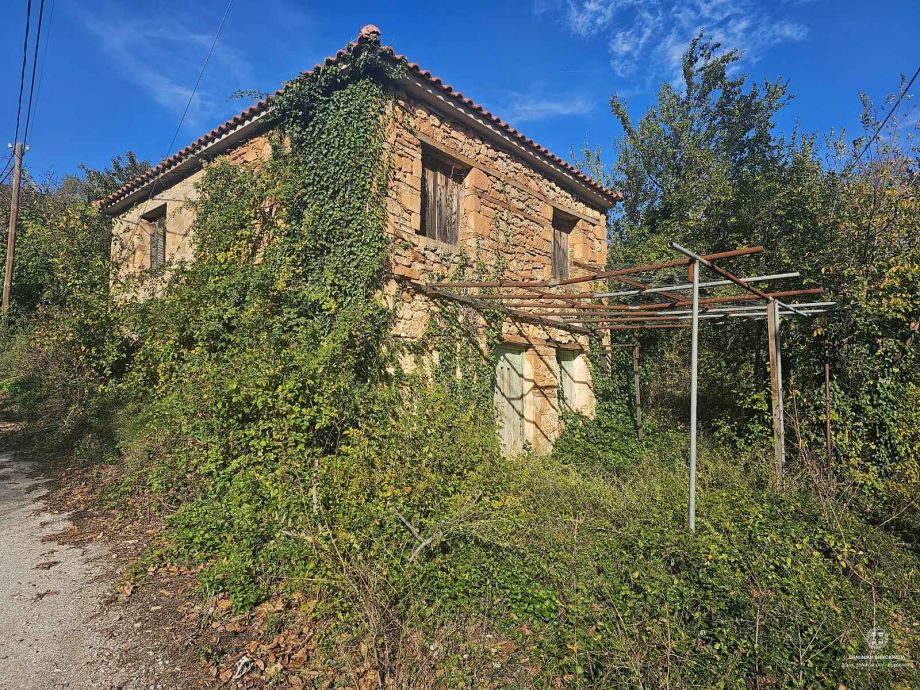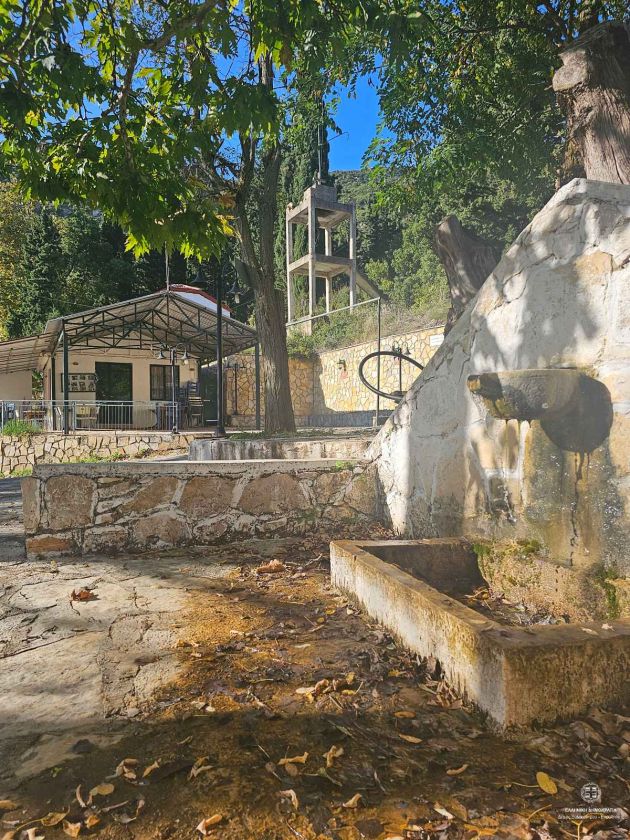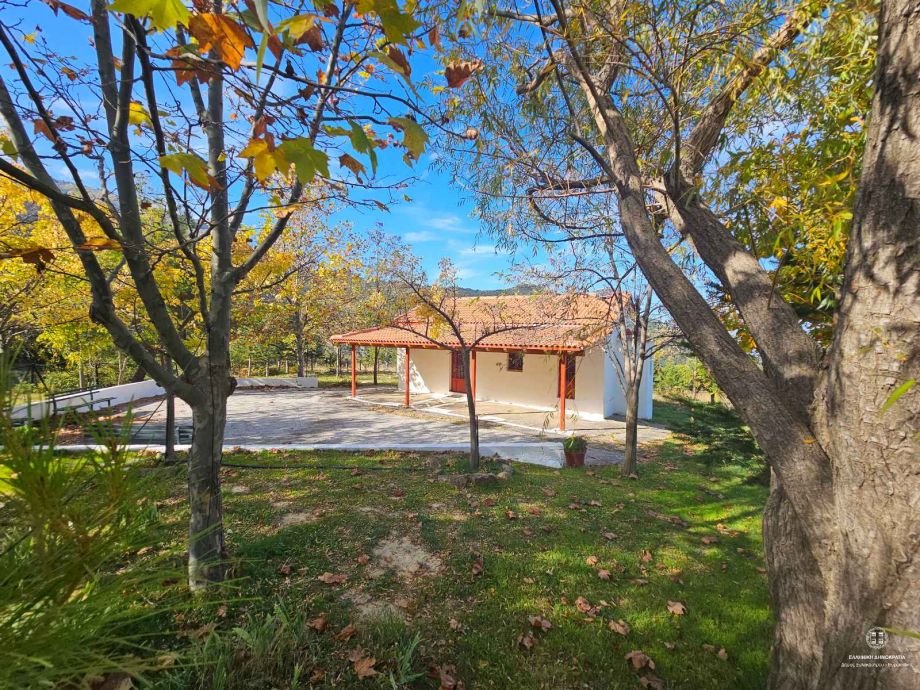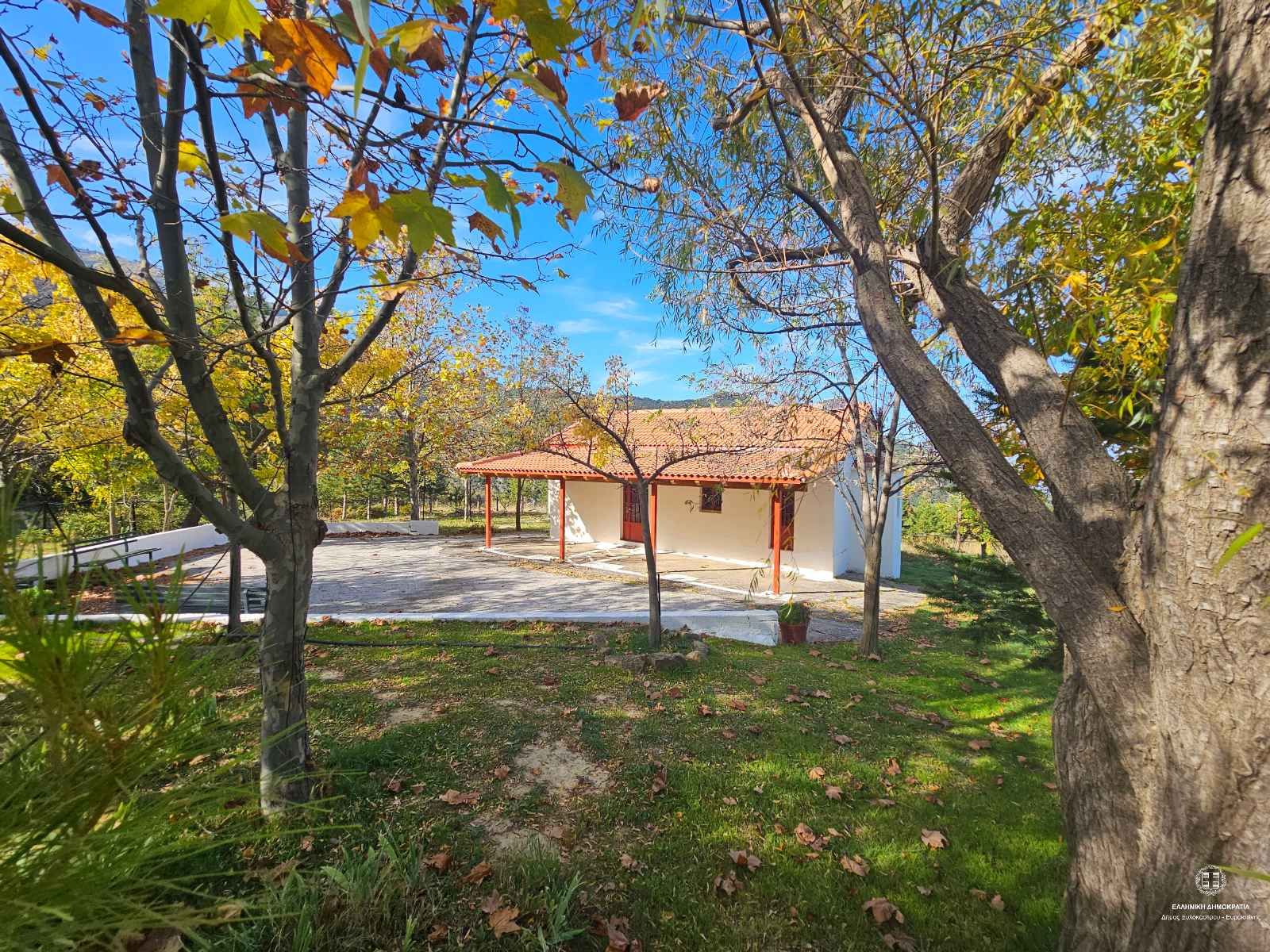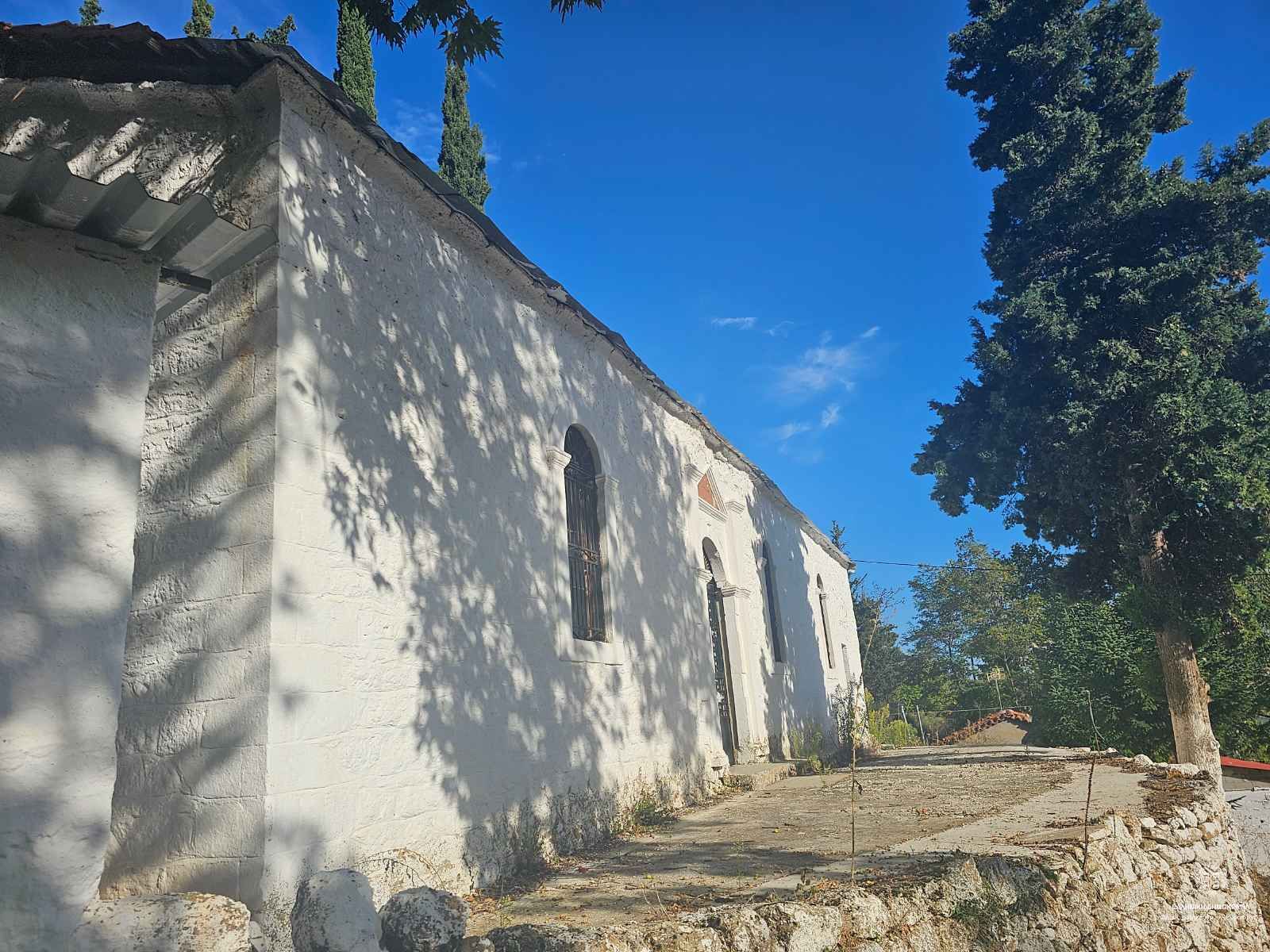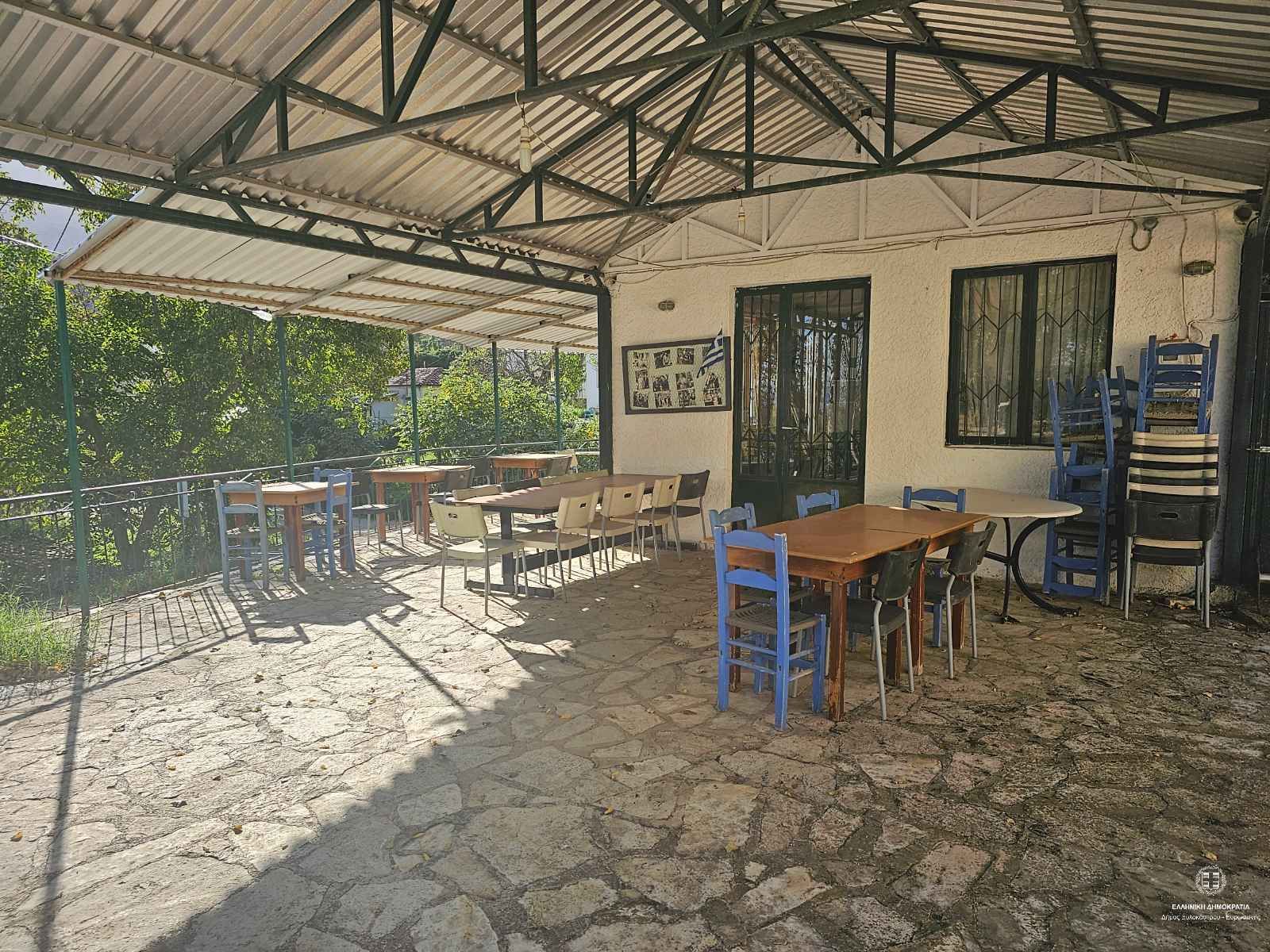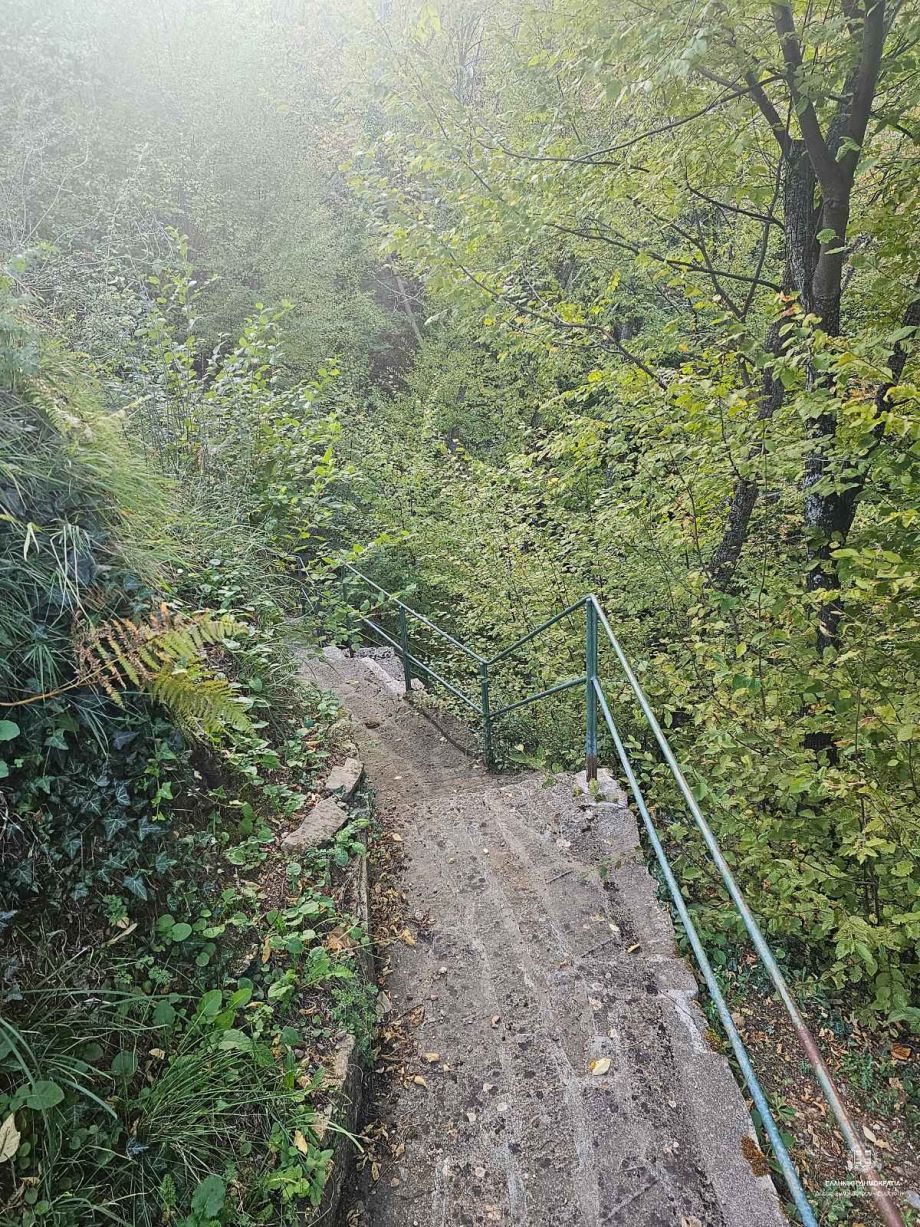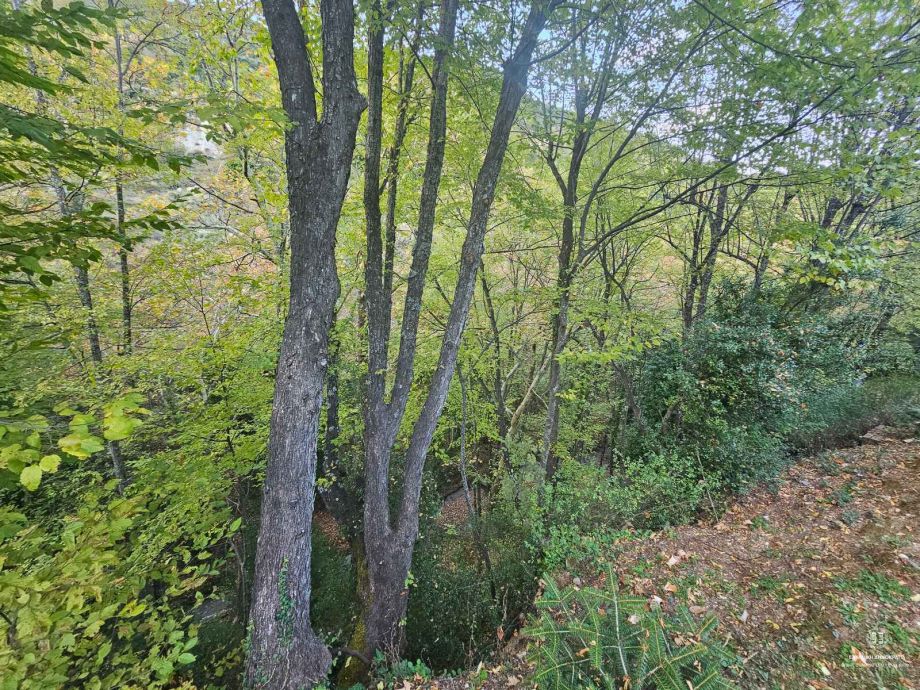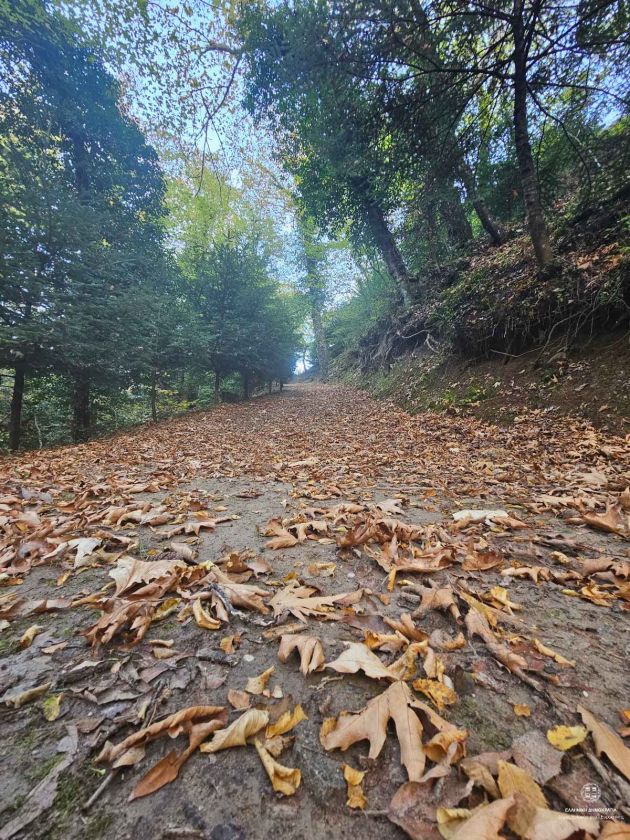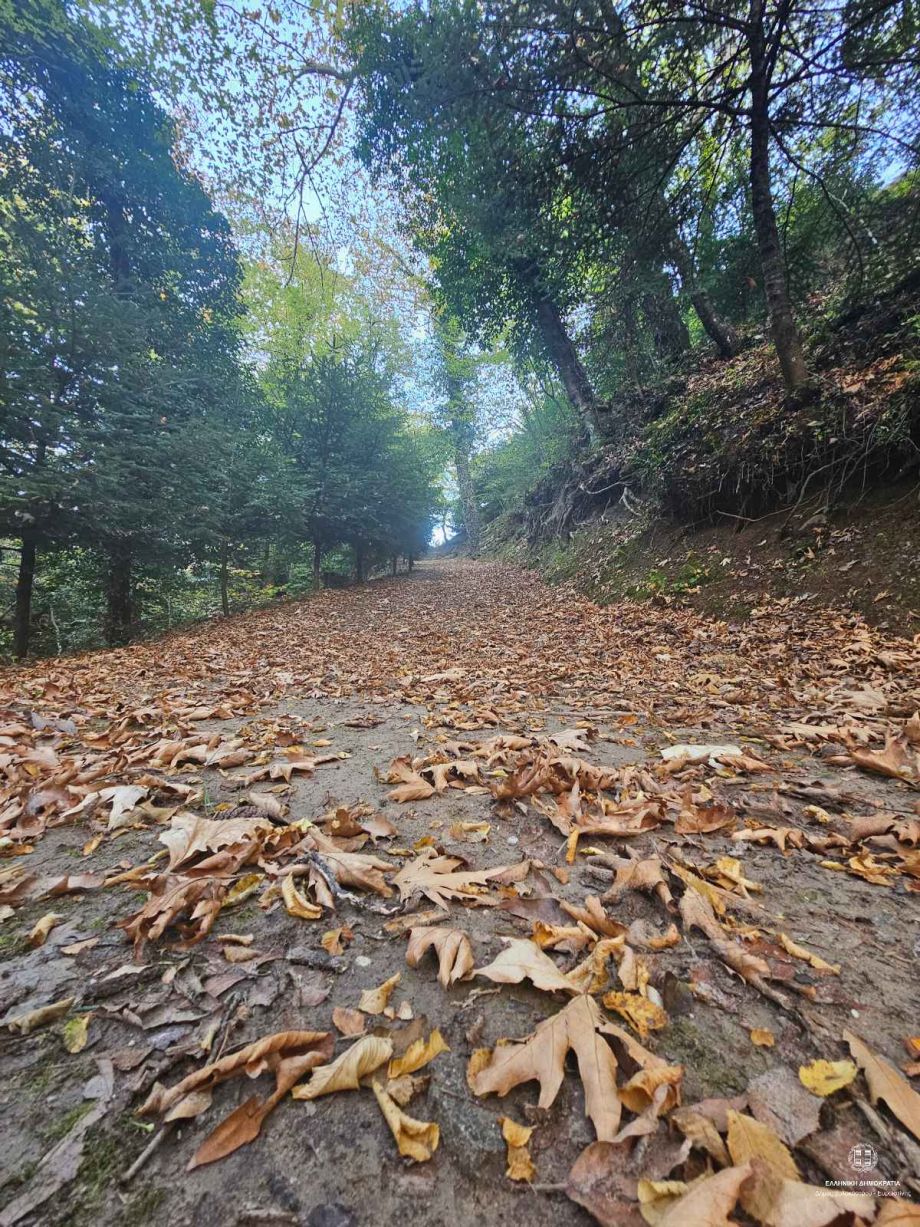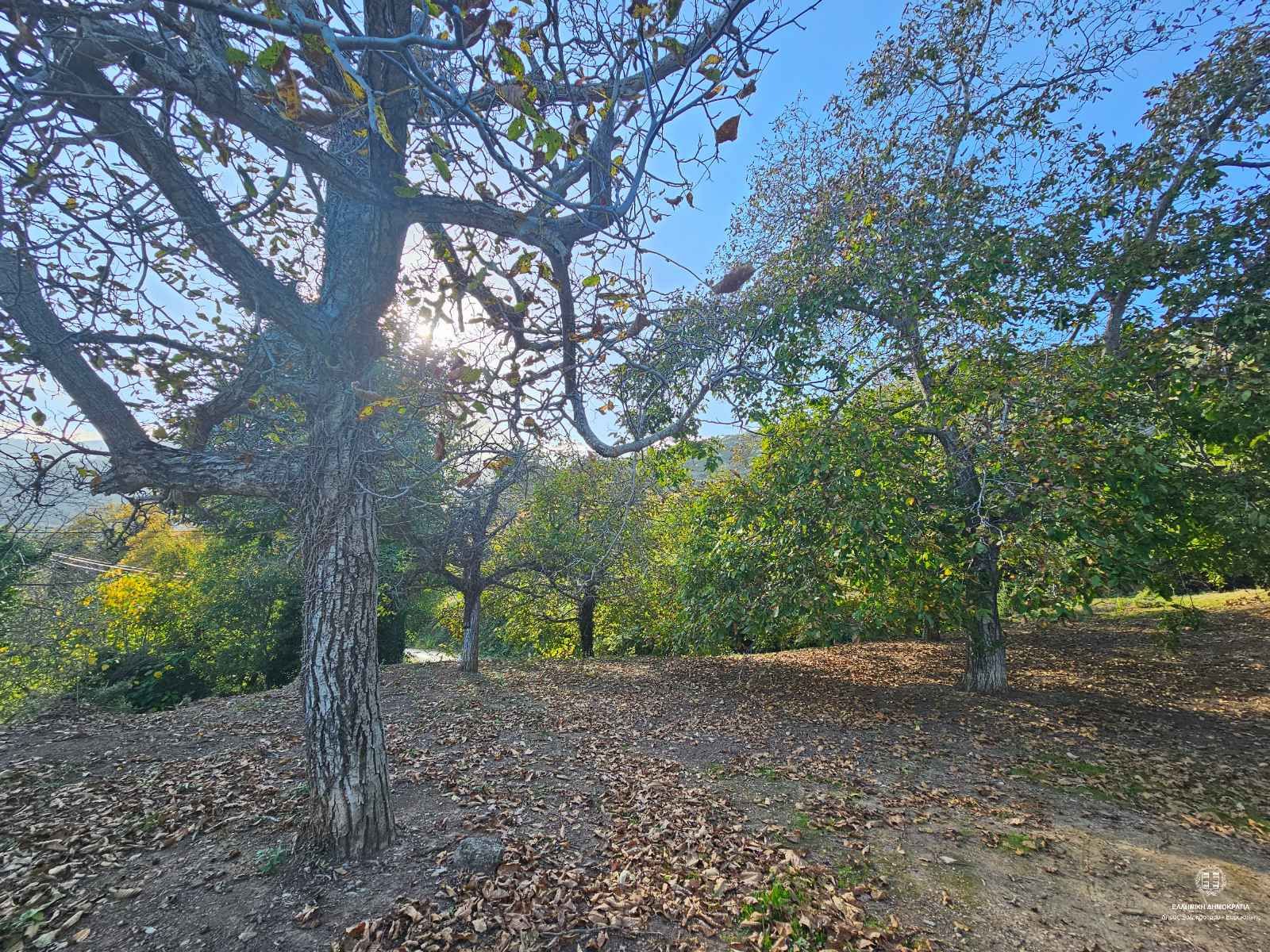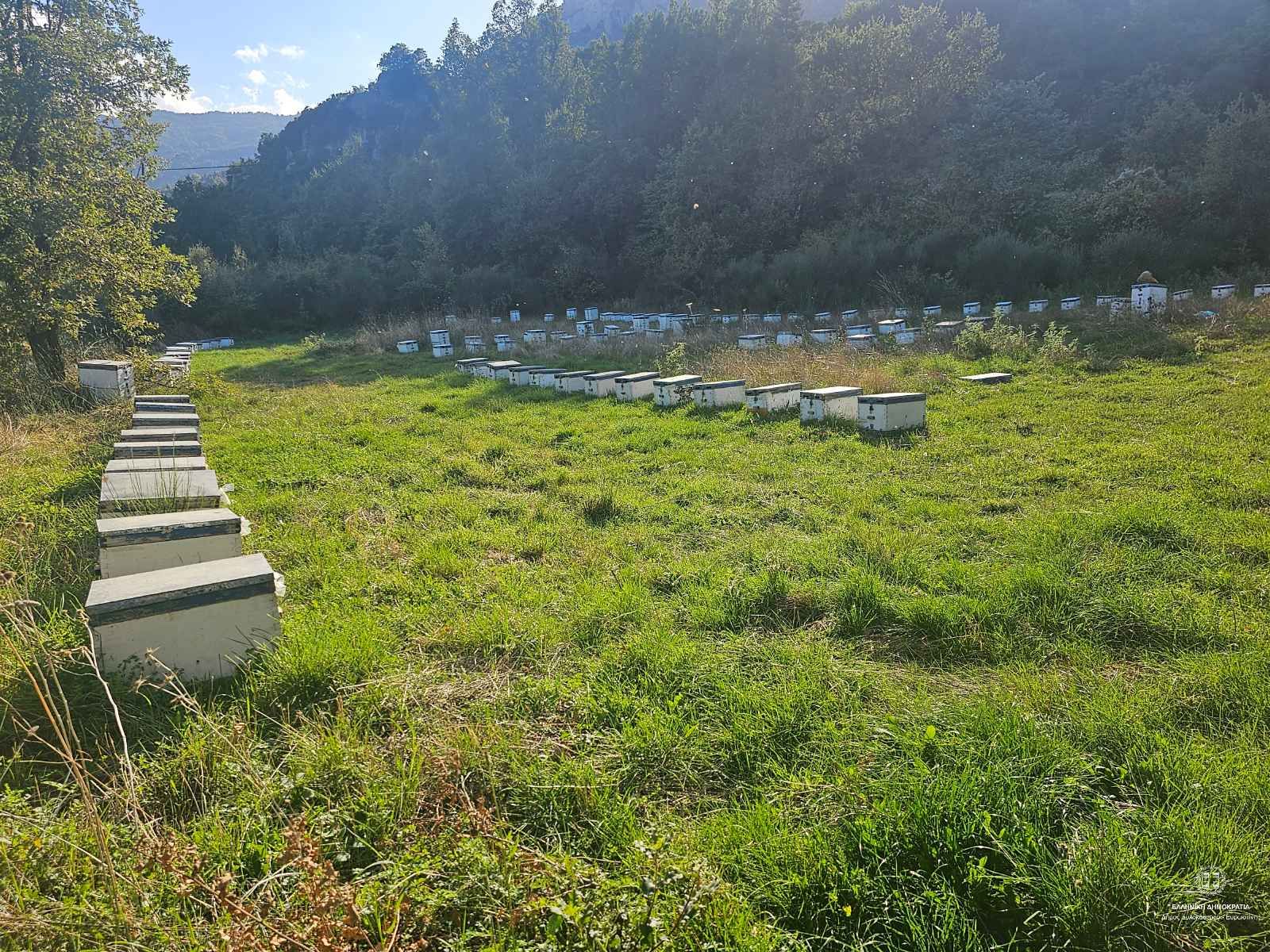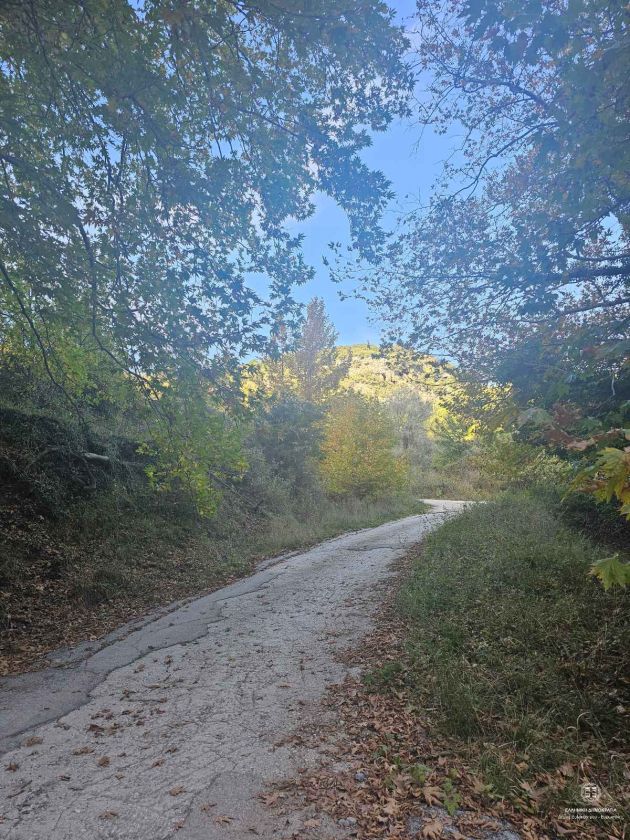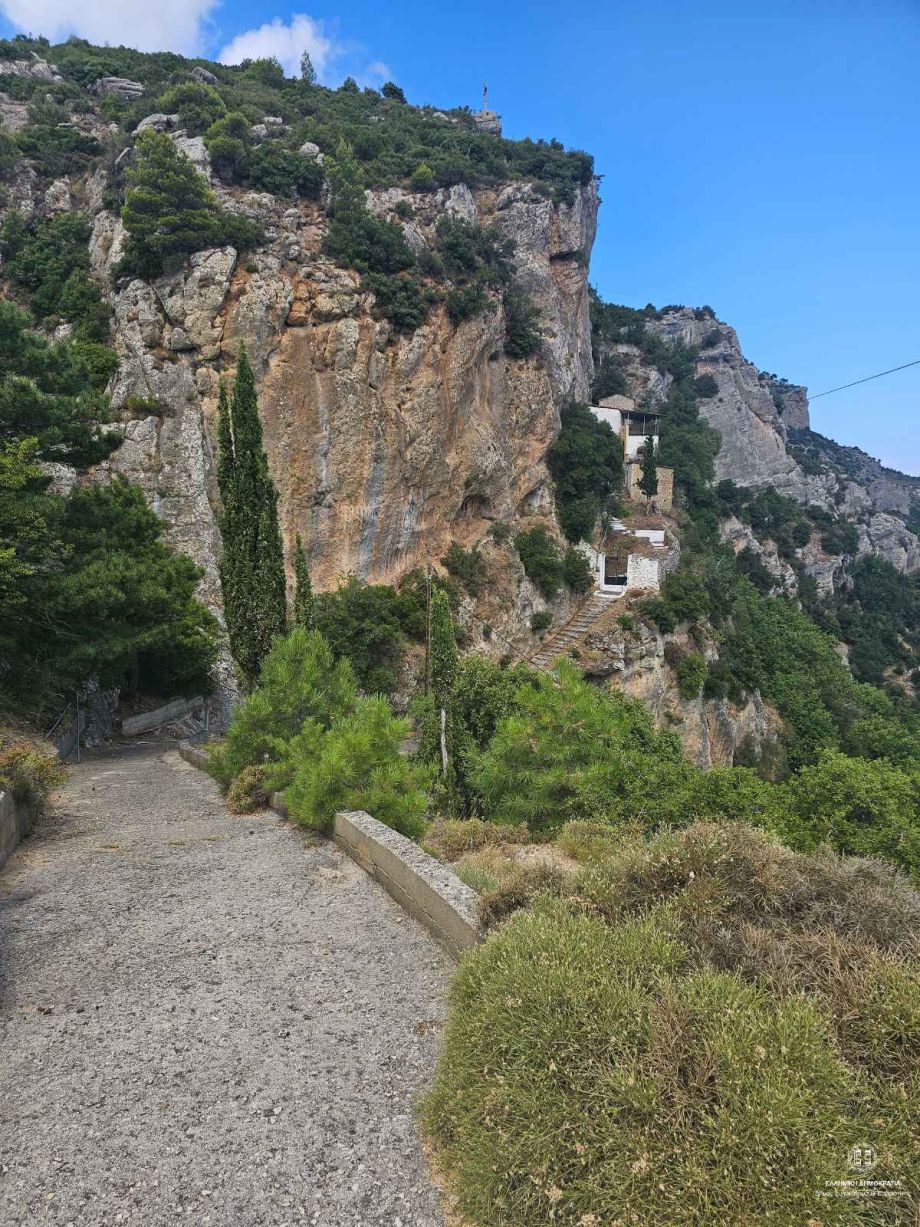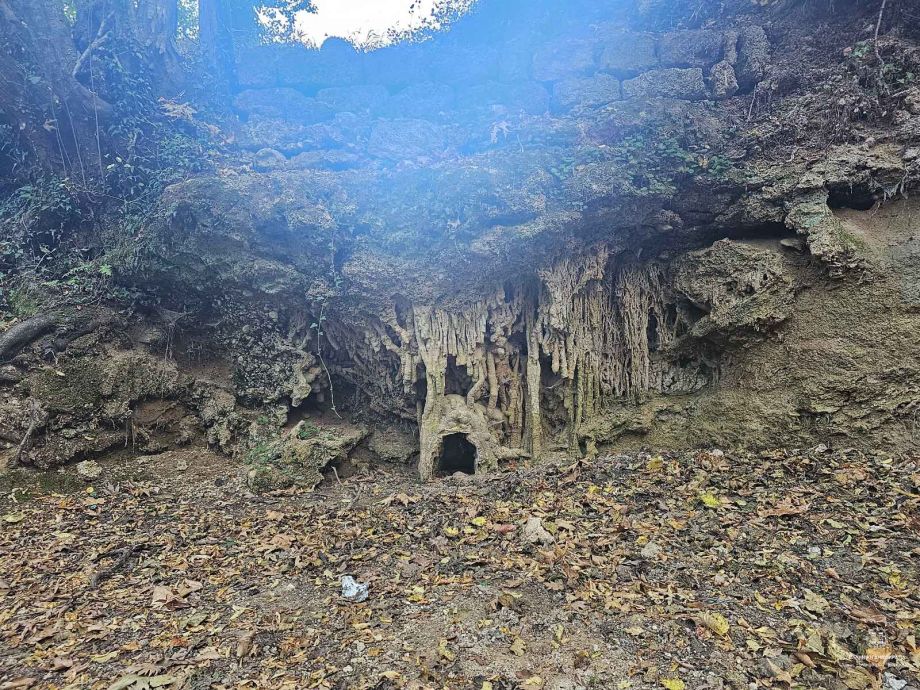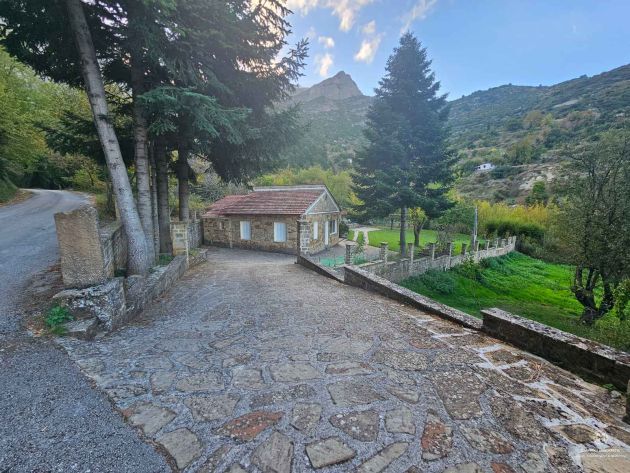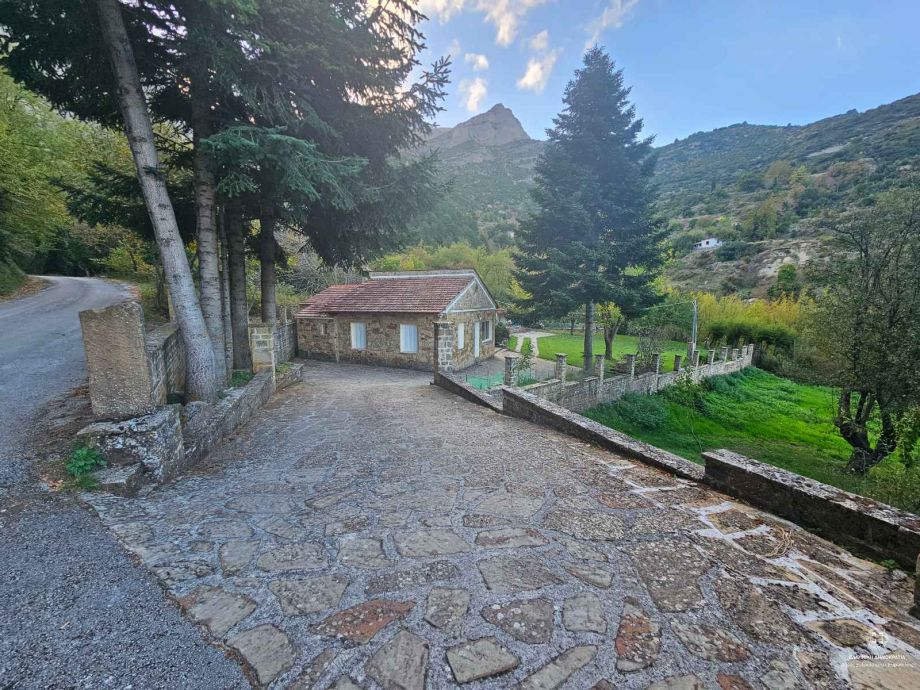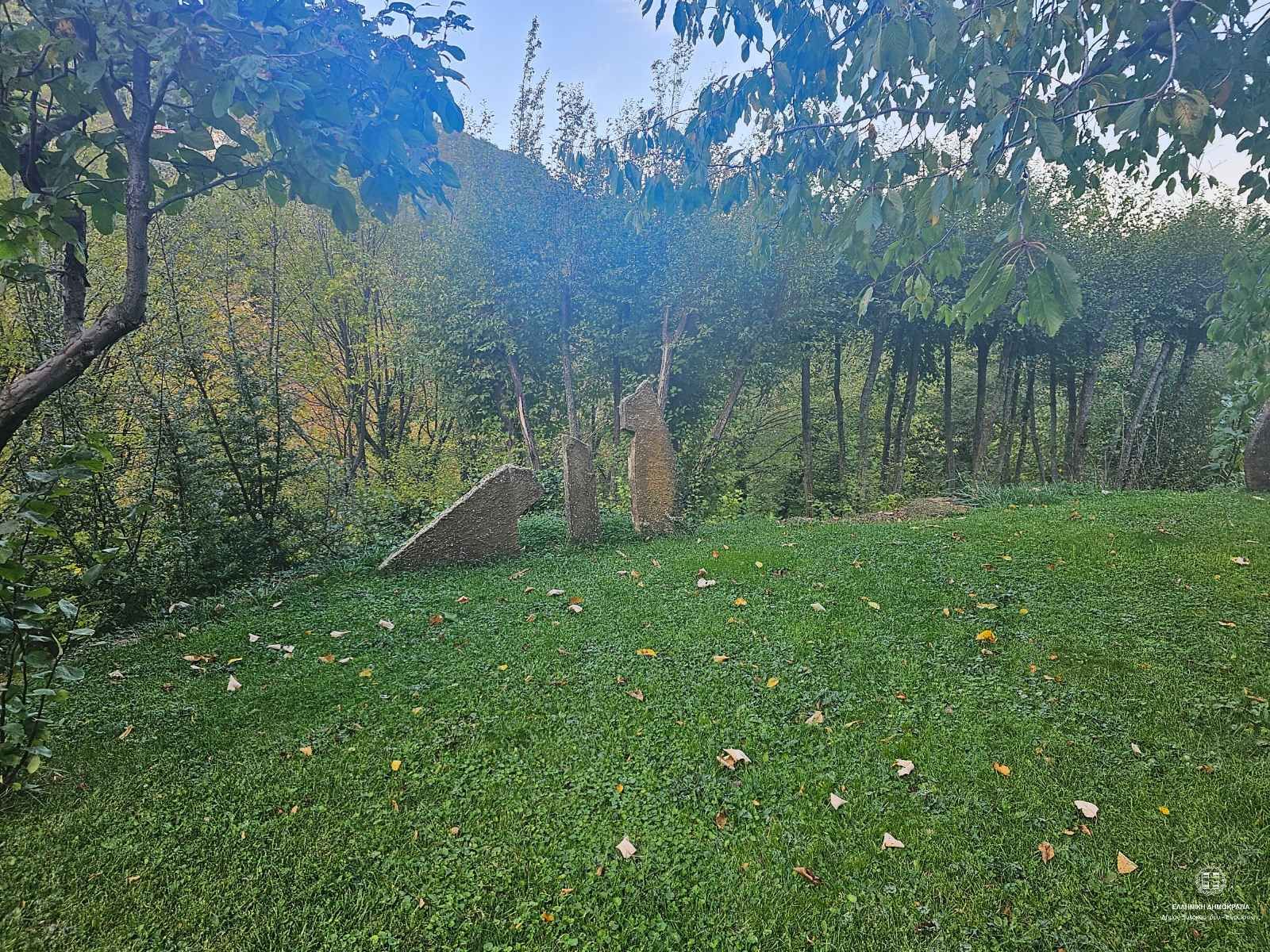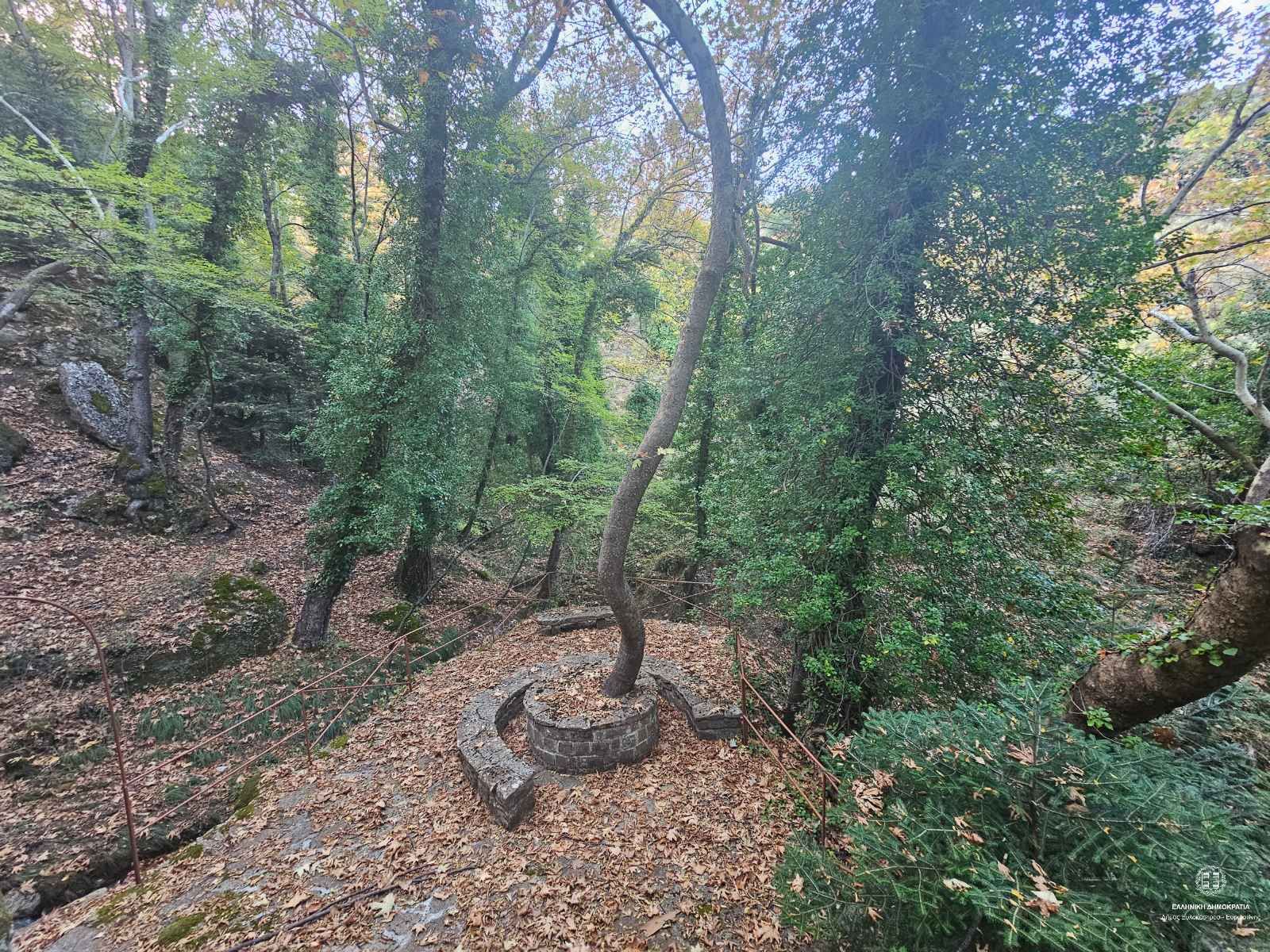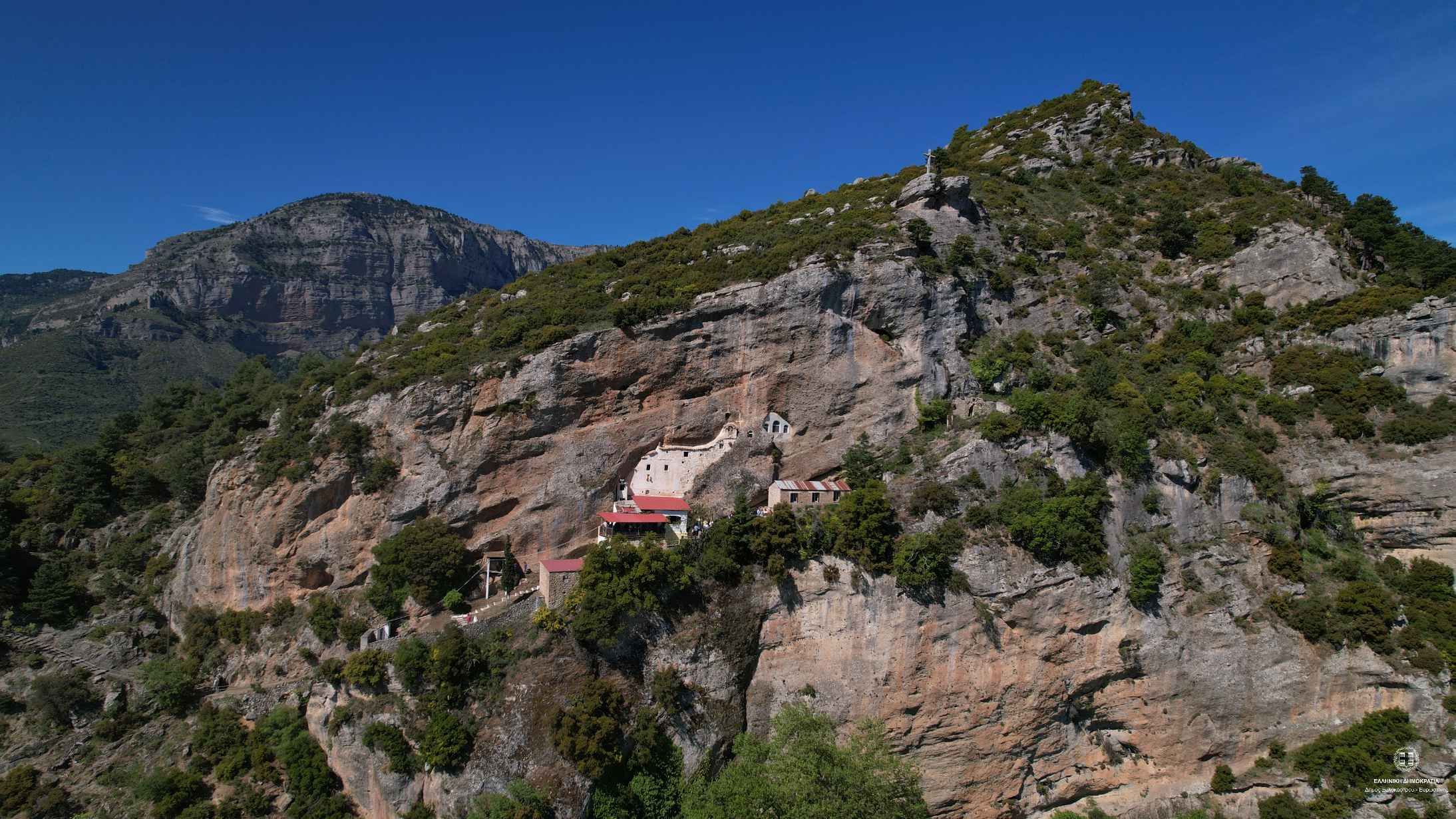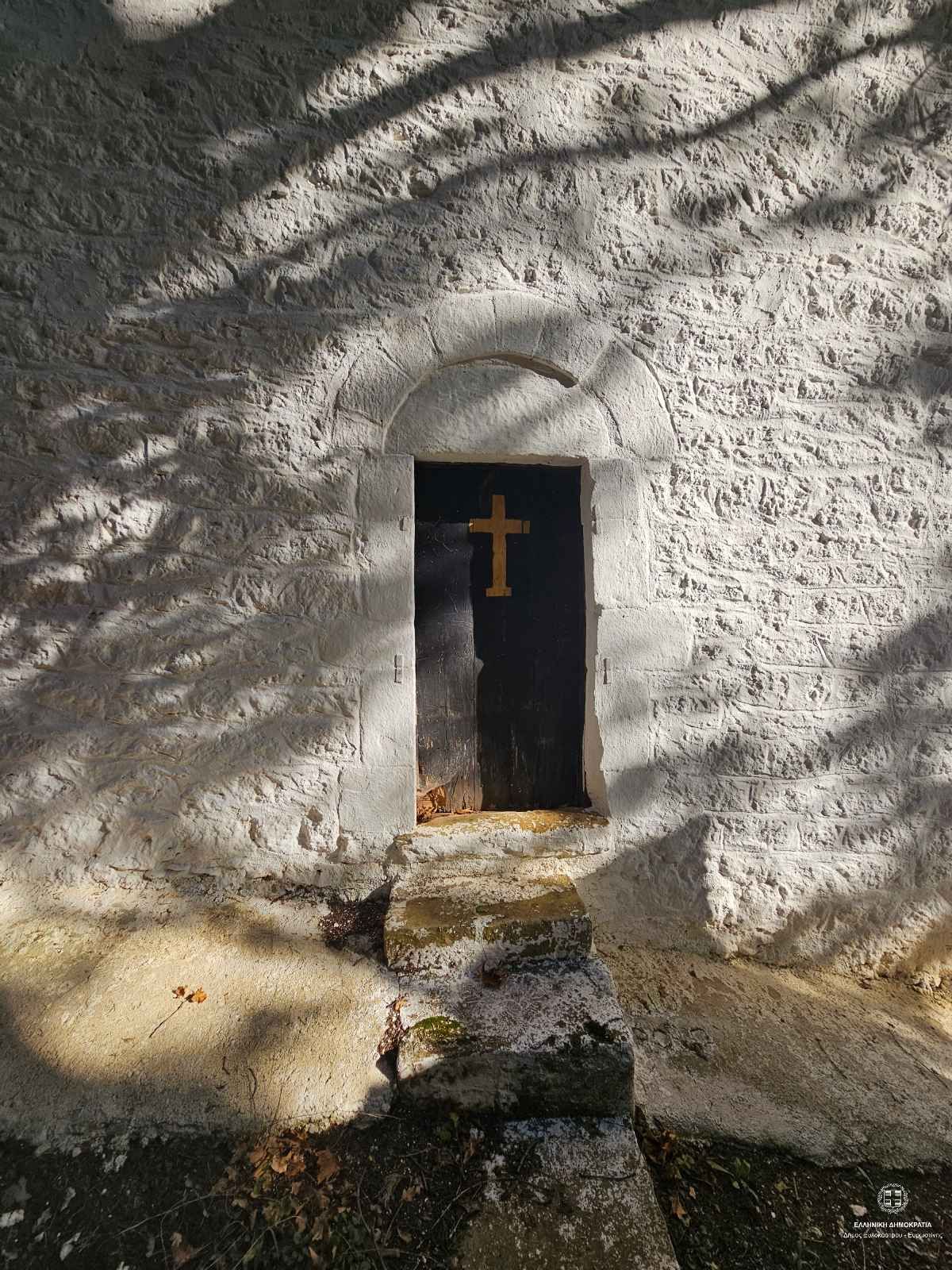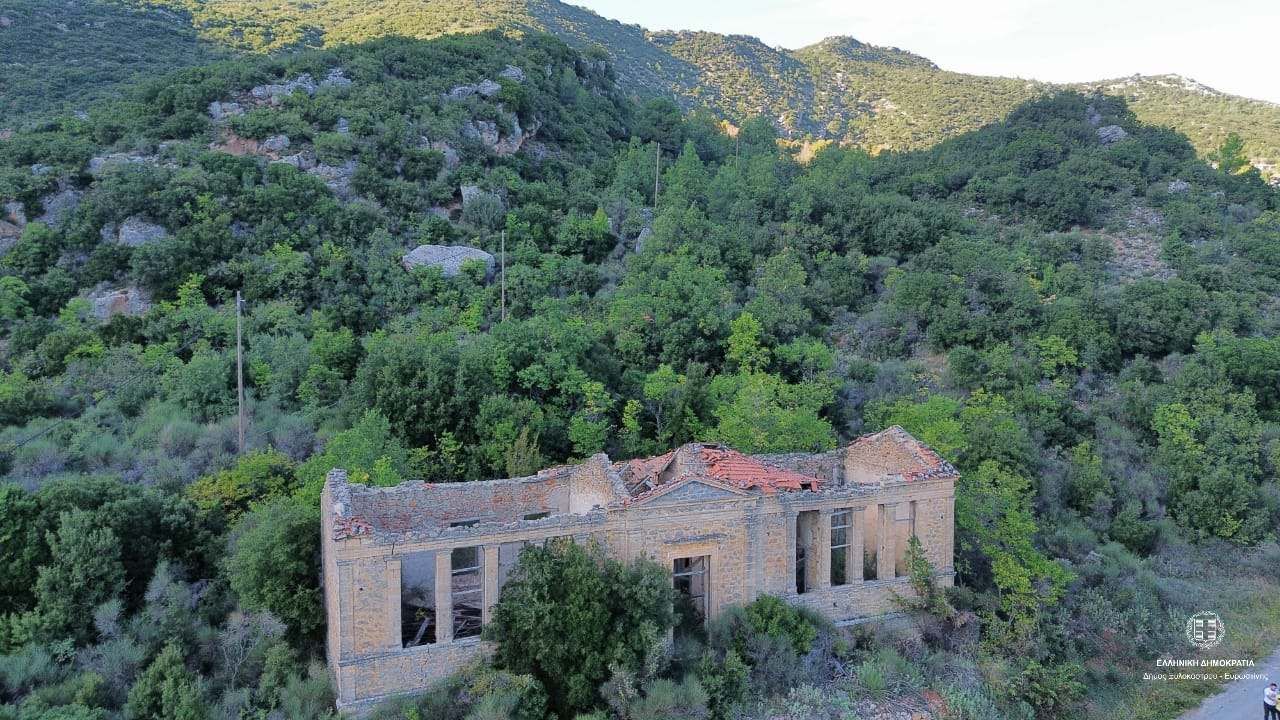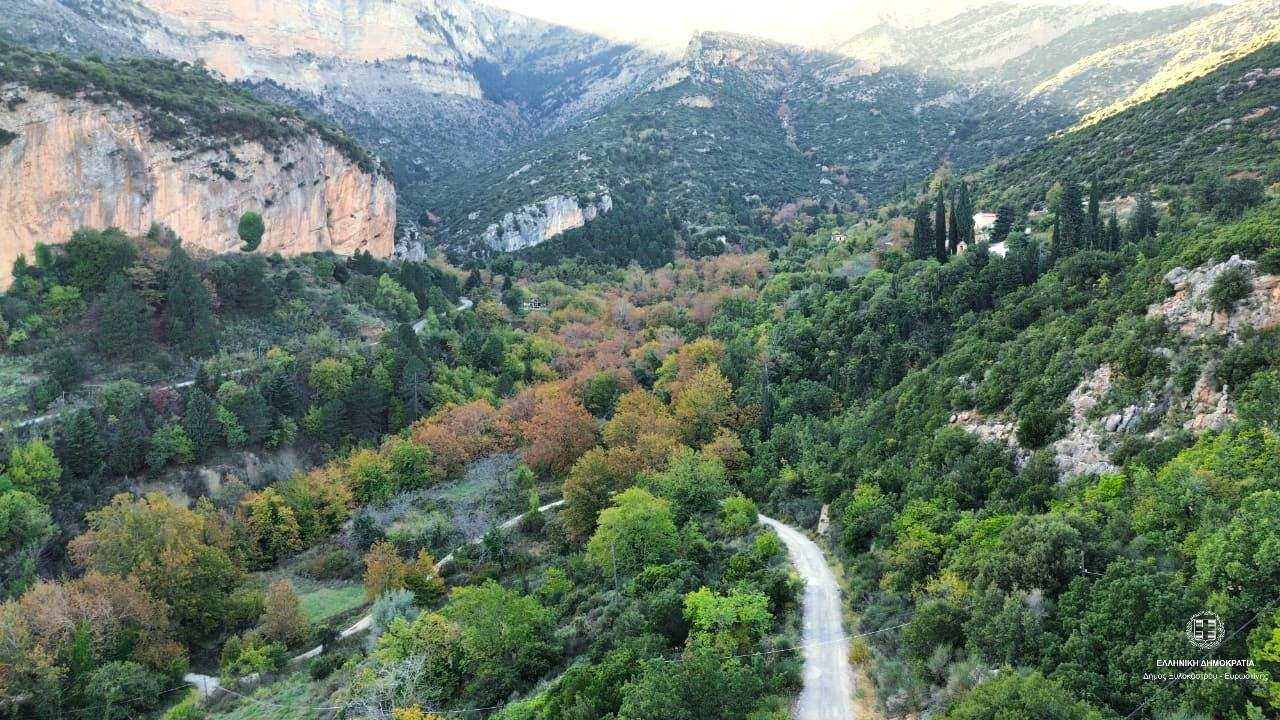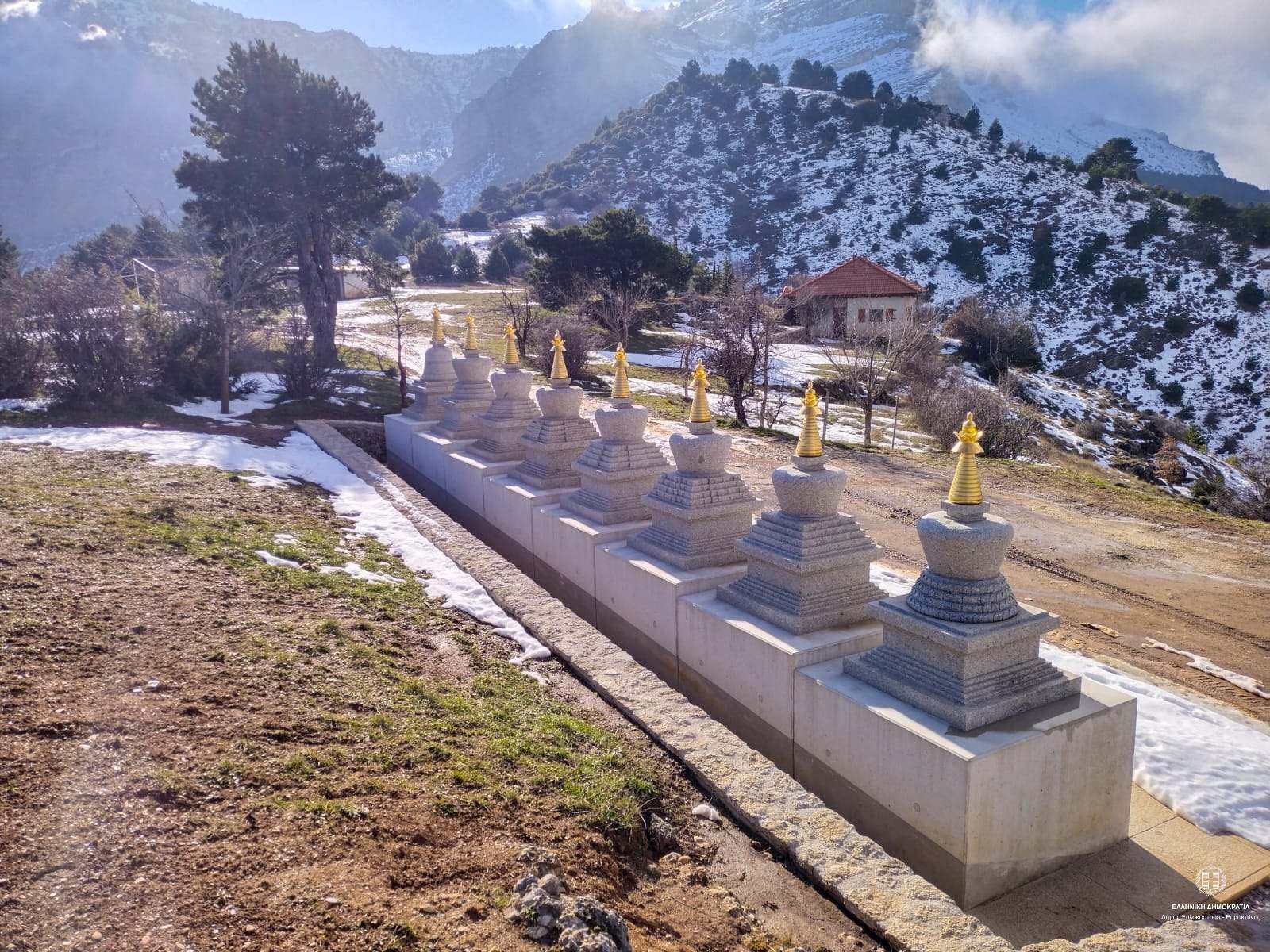Gelini(Lagkadeika)
Welcome to the historic Gelini of Corinthia! A village with a lot of greenery, abundant water, religious landmarks, and unique activities that will keep you busy for hours and hours in our… rocky mountains!
A mesmerizing landscape, nearly 45 minutes away from Xylokastro, with a history that dates back to ancient Greece, and goes on until the recent history, intertwining mythology and folklore.
They say that the place has a unique energy, and they also talk about fairy gardens, schools reminiscent of ancient Greek temples, forests with acacia trees, imposing rocks suitable for mountaineering, streams with hidden, enchanting spots, and much more! And everything they will tell you is true.
So, what do you say? Shall we dive into Gellini’s beauty and history?
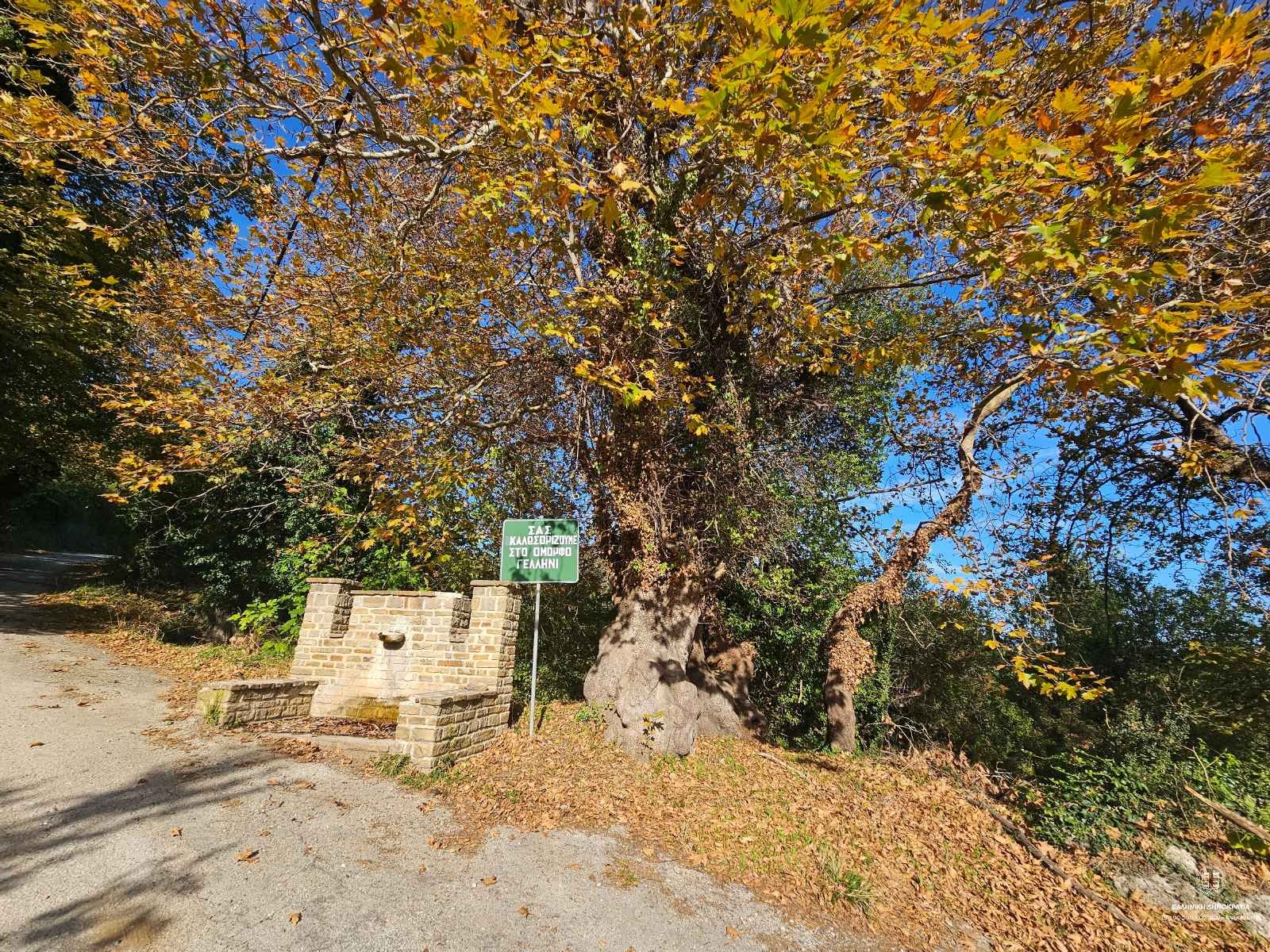
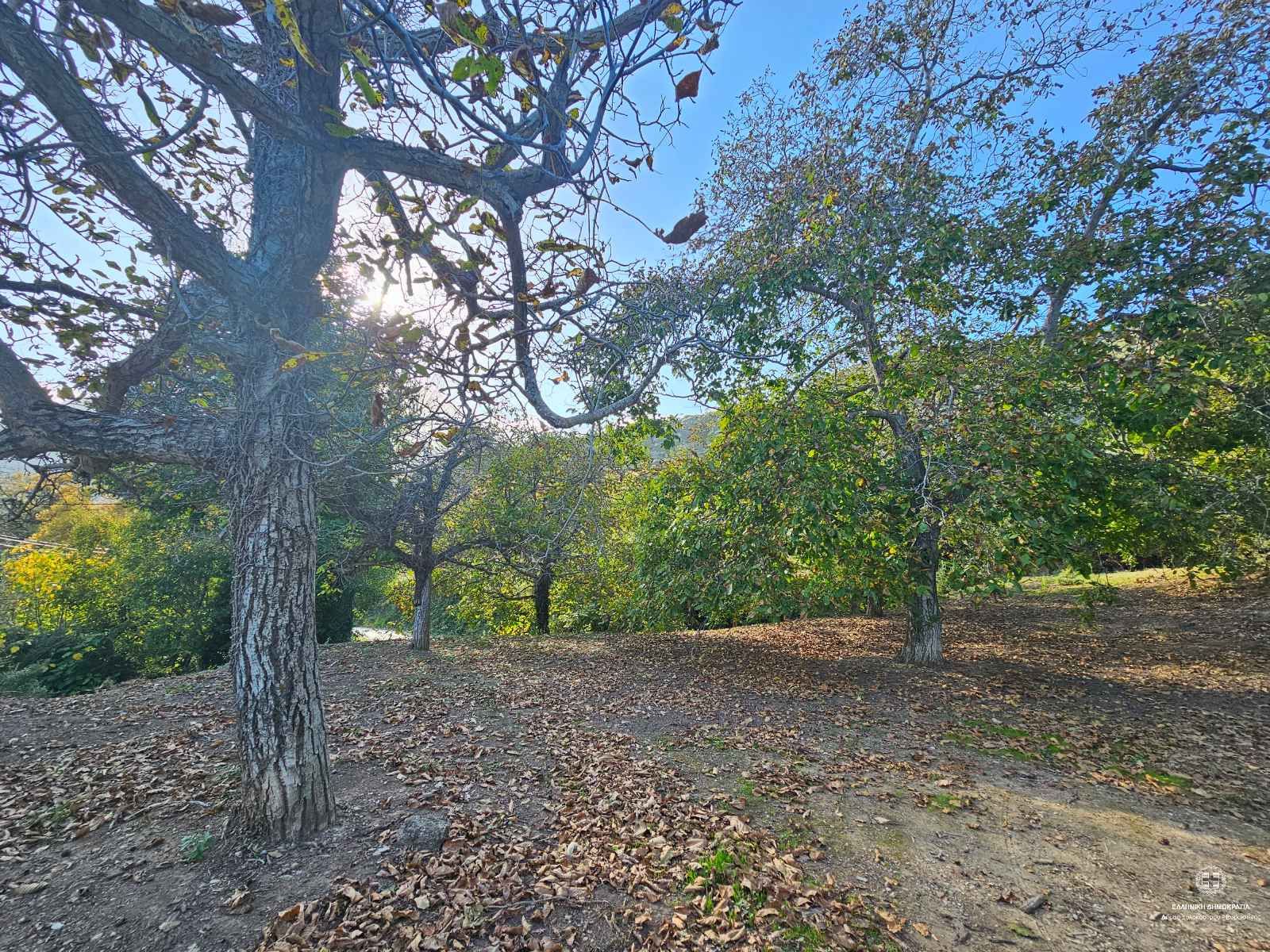
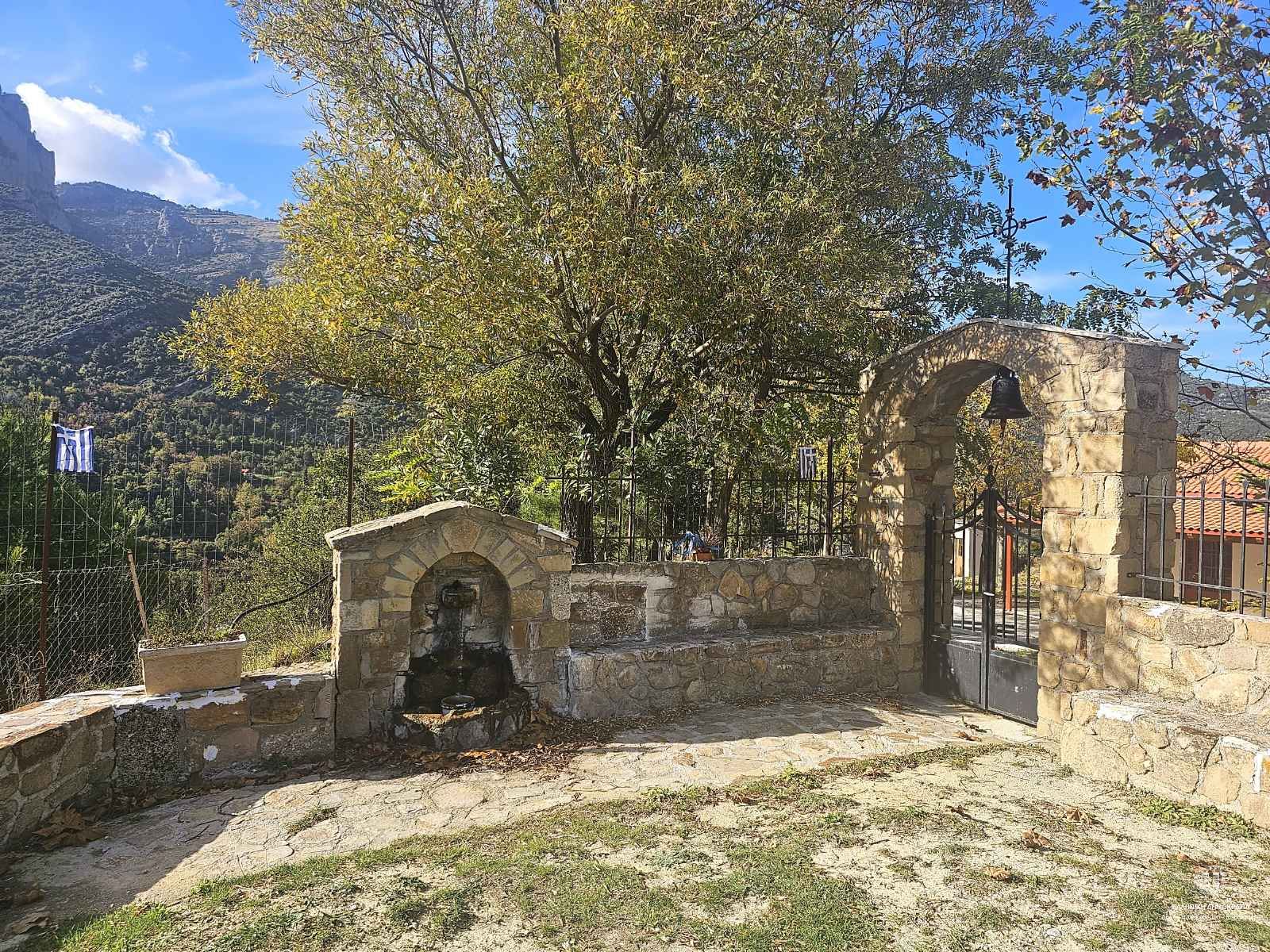
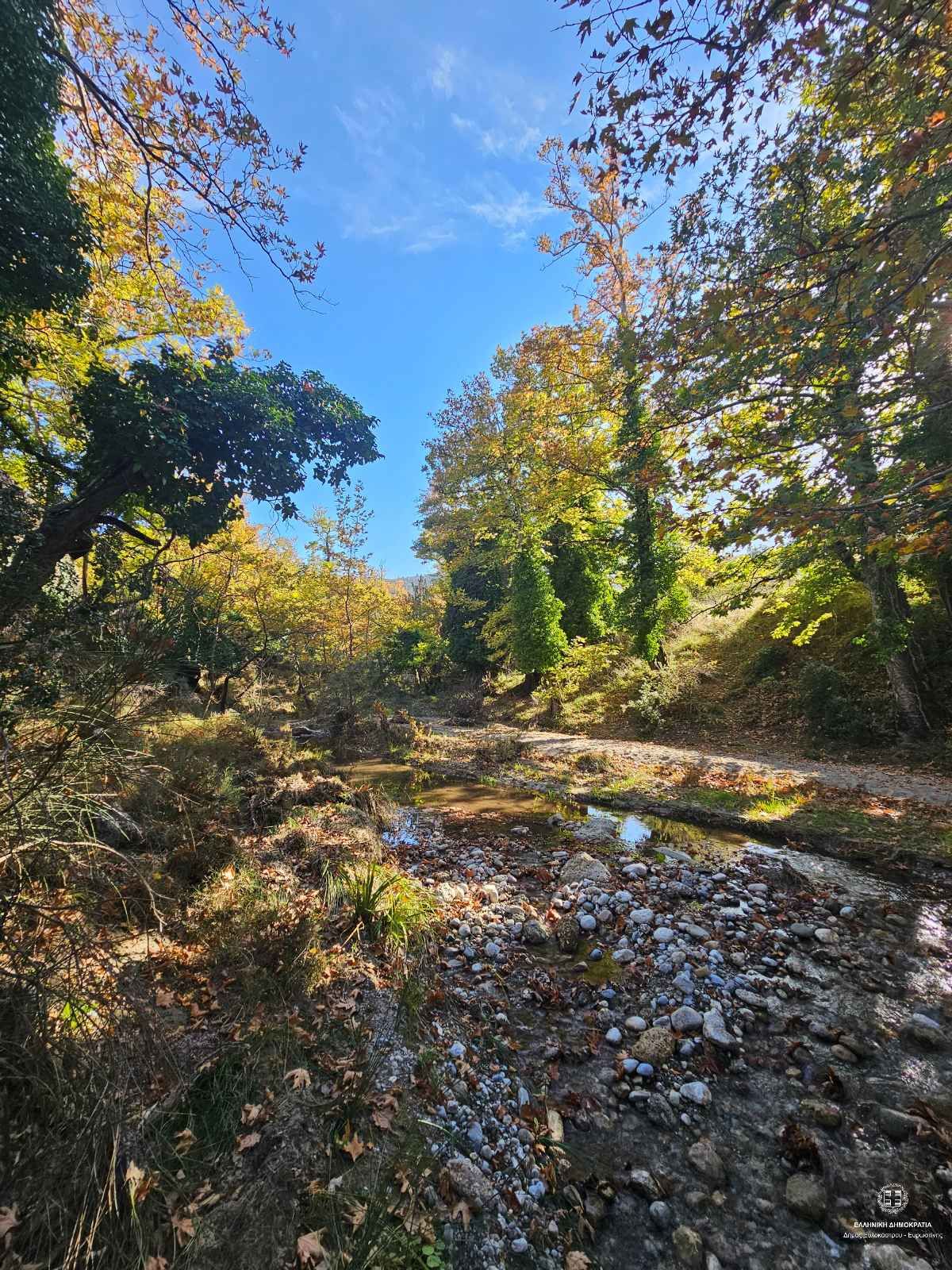
The significant suburb of a glorious kingdom – Let’s travel back to ancient Greece
Over time, many historians have written and talked about our widen area. One of them is a Greek historian, called Stavros Koutivas, who has written the book "The History of Xylokastro". In that book, the scientist relates Gelini to ancient Pellene. Do you want to know why?
It is proven and known that ancient Pellene was a famous city-state of ancient Greece. It's enough to say that today's village "Pellini" was once a significant and powerful kingdom, from which the Aristonauts, four Olympic athletes, and warriors who sailed to Troy and joined the famous campaign, emerged.
So, ancient Pellene was known, among other things, for its woolen cloaks. While there wasn't much water in the village of Pellini, in Gelini, on the contrary, water always flowed abundantly. Thus, the historian claims that in the spot, we now call “Magania”, meaning Steams in the Greek language, there were workshops where these cloaks were made (the loom and water rubbing were necessary to create such a cloth). Moreover, we know that these cloaks were one of the gifts given to Olympic athletes when they won medals.
Years passed, all the above passed into oblivion. But not the traces of ancient civilization. Gradually, when farmers began to find stones with the name "PELLINI" while digging their fields. However, since the "P" in ancient Greek resembles the modern "G" in modern Greek, the residents got confused and mistook it for "GELLINI," leading them to name the village just that way. So, someone could say that Gellini was named that way because of a misunderstanding! One thing is for certain. That Gellini was a suburb of the glorious kingdom of Pellene.
The three settlements in the large village
We know from a census of 1700 that back then, Gelini had 222 residents. This means that there was a continuous presence in the area. Piracy that made everyone fear the coastal areas and later the Ottoman rule, which prevented the locals from living freely in the plains, kept the human presence in the mountains and, in this case, in Gelini as well.
Even today, there are three settlements in the village: Lagadeika, Spartineika, and Koroneika. Fun facts about the matter state that the "Spartinaika" got their name from the many grains (called “sparta” in the Greek language) cultivated in the area, and there is another toponym called "Tourtoureika," probably named after the very cold spot in that area (after the slang verb of “turturizo”, meaning “feeling freezing cold”).
Each settlement had its own churches and monasteries, proving that it was an important and huge village. It's worth mentioning that in the past, it belonged to the Municipality of Trikala of Corinthia, which, later, consisted of Trikala, Rethi, Manna, Pellini, Dendro and Gelini.
Moreover, this past Municipality and, by extension, these municipal communities, belonged to the Argolidocorinthia Prefecture, which had Nafplio as its capital.
Too much history? Ok, then! The good stuff is coming at the end.
The gradual transition to Geliniatika
Gelini is located at a considerable altitude, creating challenging living conditions for its residents. Gradually, after the liberation of Greece, as in most of our villages, the locals started to descend by the sea, setting up their winter residences there. And this is how they became “double residents”.
Where did they settle? It's not hard to guess! Primarily, the answer is in Geliniatika. In their new place of residence, they began a new life, which did not distance them from the mountain village, which they still visited during the summer months, tending to their land.
So, while Geliniatika was the settlement of Spartineika for many years, this gradually changed. Thus, in 1957, Geliniatika took the reins and became the headquarters of the community, while Spartineika was characterized as the settlement of Geliniatika.
The occupations of the residents - The role of agriculture and animal husbandry
What was the main farming yield? It was apples, my amigos! Yes, you read that correctly. Today, the village Manna, may hold the primacy in apple production, but at that time, the abundant water and the constant presence of the locals favored this cultivation. Simultaneously, grains, beans, and lentils also had their honor and great value. The farmers sowed them both for self-consumption and for sale.
From oral stories passed down from our grandparents who lived after 1800, we learn that not a single square remained uncultivated. People wanted and had to survive, and that's why every house also had its livestock. Goats, chickens, sheep, and mules, which were used as transportation, were present in many households.
Mavrioros (it is also referred as the Magic Black Mountain), the mountain where Gelini is located, was quite… busy. Shepherd used to come from several areas, such as Salamina, Sousaki, and Agioi Theodoroi. They stayed there during the summer and returned to their permanent place of residence when the winter came.
Turkish Rule, Occupation, and Civil War – Gimme more history!
It is said that the Turks did not have a permanent presence in the mountainous regions, during the Ottoman years. They usually sent someone to collect taxes from the Greeks and then returned to their coastal homes. It's essential to clarify that in our region, the presence of the Turks was much shorter compared to other parts of Greece. However, this does not mean that we got away with it. On the contrary, a lot of battles took place in our Municipality. In fact, there is a rock, located in “Magania”, called “Brai Bei’s rock”, and it is said to have taken the famous Turk commander’s name.
Fast forward to the period of World War II. Just like the Turks, the Germans didn't visit the village often. However, we suffered losses from the conquerors here, as we did during the Civil War. Among the casualties was Manolis Stathakis, the head of the ELAS in Argolidocorinthia and one of the key captains. The battle took place in Spartineika. On the other hand, we lost, among others, the partisan sister of Captain Perdikas (Dimitris Giannakouras), the “popular military leader”, as many call him. Witnesses say that many people lost their life during that battle. The river carried the dead all the way to Kallithea of Corinthia, as the elders narrate.
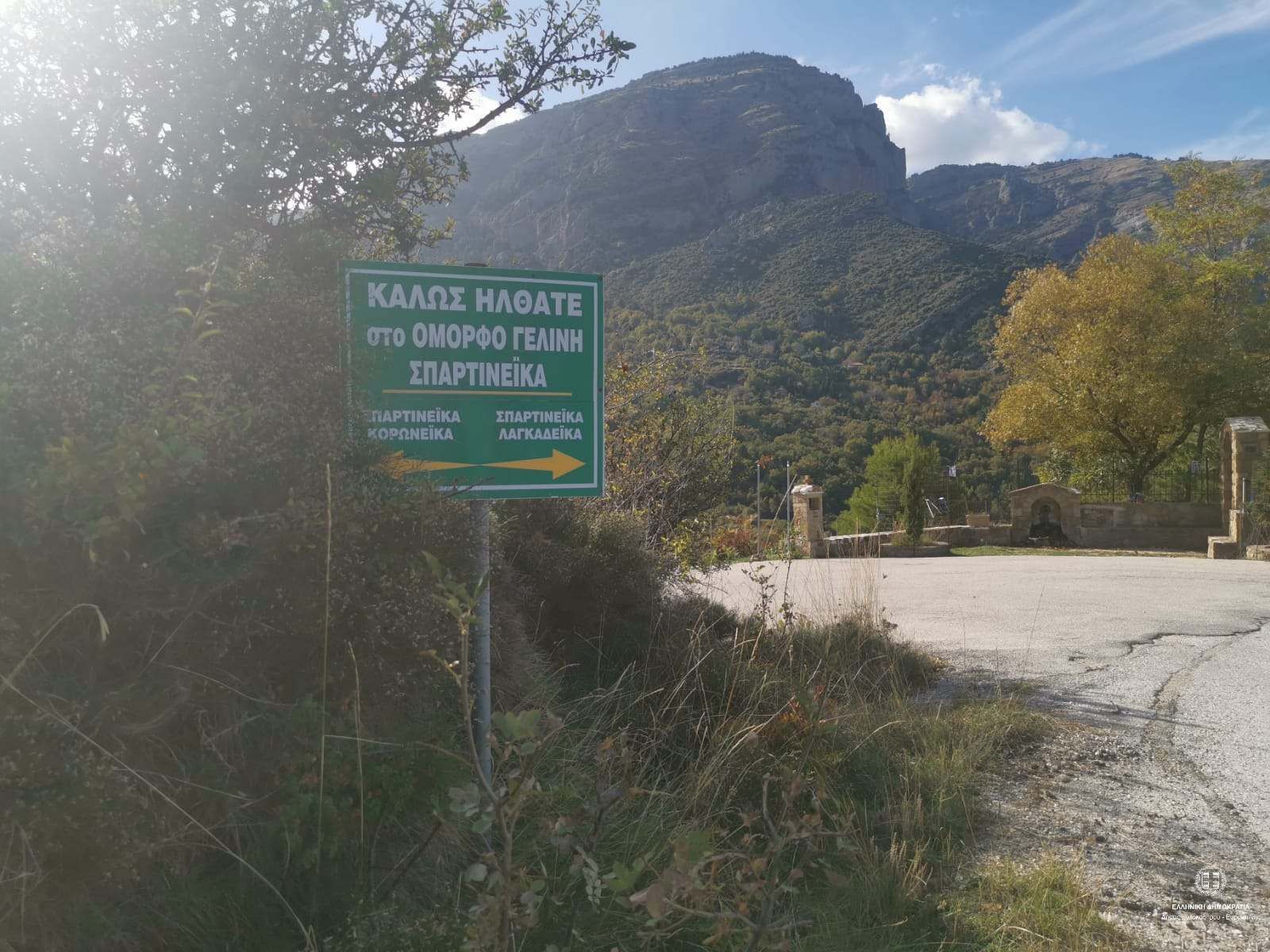
The garden of the fairies and the evil spirits
On the slopes of Mavrioros, there is a lush green area called the “Neraidokipos”, meaning “garden of the fairies”. The ground is distinguished by terraces, and the wind blows so strongly that whistling sounds are spreading around the village. Thus, the belief arose that the place is full of fairies, and this spot is located near the Monastery of Holy Mary.
Significant Religious Landmarks in Gelini
Gelini boasts some of the most important and beautiful religious landmarks in our region, with the Monastery of Agios Konstantinos taking the lead. It's a unique Monastery from the 1100s that “hangs” on a rock and has a rich history that dates back to Byzantium.
Equally important are the Monastery of Prophet Elias and the one of Holy Mary (the abovemetioned which lies near the fairy garden). The latter, in fact, has a dependency in Geliniatika, where nuns reside permanently during the winter months. It's one of the most popular religious destinations in our region.
Activities & Points of Interest in Gelini – Meet its today’s version!
In Gelini, you'll find people usually when summer begins, as access becomes more challenging when it snows. It is recommended as a magical landscape for walking and mountain adventures!
When you make your way to the Lagkadeika area, we suggest visiting the “Kondis’ stream”, as the locals call it. The agriculturist, Mr. Kostas Kondis has created a beautiful stone construction on the border of his house's courtyard, with benches and steps leading visitors to the river. There is no gate in front of his house, and so this splendid scenery is always accessible to everyone. To find it, just follow the left road at the intersection when you spot an old blue sign (Lagkadeika). A few meters away, you will discover the house seen in the adjacent image, and after crossing its courtyard, you will find yourself in a fairy-tale-like setting.
You can’t miss the old Kallia or Singros-type Primary School which is currently under restoration and carries elements of ancient Greek architecture. In fact, it looks like a temple of antiquity.
Last but not least, in Gelini, you'll find the Buddhist Stupa, which, besides being a meditation center, is also a magnet for visitors who either embrace Buddhist philosophy or seek a unique experience and a change of scenery. A feeling of tranquility in a landscape you can’t miss!
And may I have your attention, please? On Google Maps, you will find the village as “Lagkadeika” and not as “Gelini”. Unless you are searching for the Church of Agios Konstantinos, which is another must-visit for your list. Still, you can only visit it by appointment with the Municipality (it is open on specific days and hours).
Get ready for adventures in nature, full of water and religious history. Get ready for Gelini of Corinthia!
*** Copywriting/ Photos: Ioanna Douri, Comms & Marketing Manager


